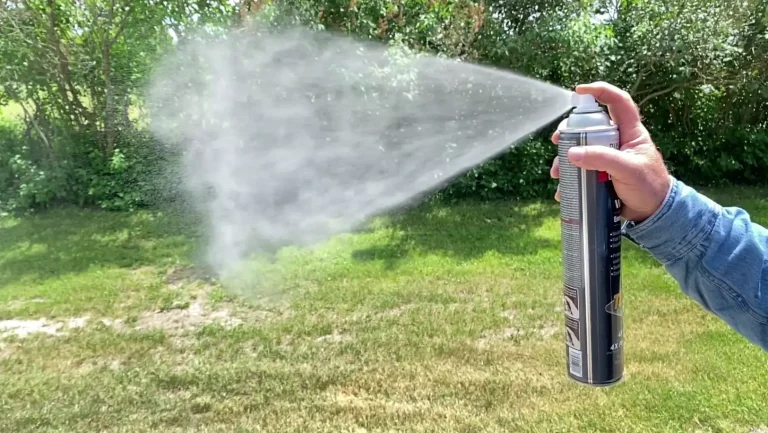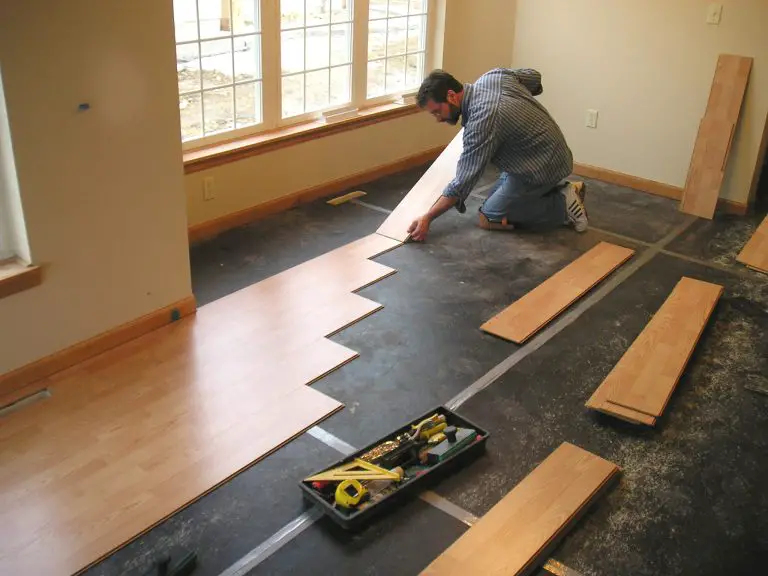
Granite countertops are a luxurious addition to any home, renowned for their durability and timeless beauty. However, like any natural stone, granite requires proper care and maintenance to retain its luster and longevity. This comprehensive guide will walk you through every stage of granite ownership, from the initial installation to daily cleaning routines, tackling common mishaps, and even offering advanced polishing techniques. By following these expert tips, you can ensure that your granite surfaces remain pristine and elegant for years to come.
Starting Right: Installing Undermount Sinks
One of the most popular choices for granite countertops is an undermount sink. While aesthetically pleasing, undermount sinks require careful installation to ensure stability and prevent future problems.
The Importance of Undermount Sink Clips for Granite
Undermount sink clips are essential for securely attaching the sink to the underside of the granite countertop. These clips provide support, preventing the sink from shifting or detaching over time due to weight and daily use. Without them, you risk leaks, cracks, and even complete sink failure.
Step-by-Step Undermount Sink Installation
Installing an undermount sink is best left to professionals, but understanding the process can help you oversee the job and ensure it’s done correctly. The process typically involves:
- Cutting the sink hole in the granite slab.
- Applying a bead of silicone sealant around the sink flange.
- Positioning the sink in the hole and securing it with undermount sink clips for granite.
- Connecting the plumbing and sealing any gaps.
Common Mistakes to Avoid
When installing an undermount sink, several common mistakes can compromise the integrity of your granite countertop and sink installation. One such mistake is failing to use a sufficient number of sink clips. Ensure that the sink is evenly supported by using an adequate number of clips, distributed evenly around the sink’s perimeter. This balanced support prevents the sink from sagging or becoming uneven over time, which could lead to leaks and potential damage to the granite.
Another frequent error is overtightening the sink clips. While it’s important to secure the sink firmly, excessive tightening can put undue stress on the granite, potentially causing it to crack or chip. Follow the manufacturer’s instructions for tightening the clips and use a gentle hand to avoid damaging the stone.
Lastly, using the wrong type of sealant can jeopardize the longevity of your undermount sink installation. Silicone sealant is typically the preferred choice for granite due to its flexibility and water resistance. Other sealants, such as plumber’s putty, might not adhere properly or may degrade over time, leading to leaks and potential water damage. Always consult the sink manufacturer’s recommendations and opt for a sealant specifically designed for use with granite countertops.
Daily Care: Keeping Your Granite Gleaming
Contrary to popular belief, maintaining the elegance of your granite countertops doesn’t require an arsenal of specialized tools or backbreaking labor. With a few simple habits and the right products, you can keep your granite surfaces looking as stunning as the day they were installed.
Cleaning Granite Countertops
For daily cleaning, warm water and a soft cloth are often sufficient. Avoid abrasive cleaners, which can scratch the surface. For tougher stains or buildup, a pH-neutral cleaner designed for natural stone is recommended. Products like Granite Gold Polish are specifically formulated to clean and protect granite surfaces, enhancing their shine and repelling stains.
Sealing Granite
Granite is porous and requires periodic sealing to prevent staining. The frequency of sealing depends on the type of granite and its usage. As a general rule, reseal your countertops every 6-12 months.
Reviving Your Granite: Polishing and Repair
Even with the most meticulous daily care, the passage of time and everyday use can gradually dull the vibrant shine of your granite countertops. Microscopic scratches, etching from acidic spills, and general wear and tear can all contribute to a lackluster appearance. But don’t despair – there are effective ways to revive your granite’s natural beauty and restore its original gleam.
Polishing Granite with Granite Polishing Discs
If your granite appears dull or has minor scratches, polishing can restore its shine. Granite polishing discs are available in various grits, from coarse to fine, depending on the level of restoration needed. You can rent a polishing machine or hire a professional for this task.
Repairing Chips and Cracks
Minor chips and cracks can often be repaired with epoxy or resin specifically designed for stone repair. Larger or more complex repairs are best left to professionals who have the experience and tools to match the color and texture of your granite.
Preventing Stains: A Proactive Approach
Prevention is key when it comes to maintaining the pristine look of your granite countertops.
- Wipe Up Spills Immediately. Granite is porous and can absorb liquids if left to sit. Wipe up spills promptly, especially acidic substances like citrus juice or vinegar, which can etch the surface.
- Use Coasters and Trivets. Hot pots and pans can also damage granite. Always use coasters and trivets to protect your countertops.
- Avoid Harsh Chemicals. Harsh chemicals, like bleach or ammonia, can dull or damage granite. Stick to gentle cleaners formulated for natural stone.
Safe Handling and Transport: A-Frames for Granite
Granite’s inherent beauty comes with a hefty weight. Whether you’re a DIY enthusiast embarking on a countertop installation project or a homeowner overseeing a kitchen renovation, understanding the safe handling and transport of granite slabs is paramount. Mishandling this heavy and valuable material can lead to costly damage, including cracks, chips, or even breakage.
The Importance of A-Frames for Granite
A frames for granite are purpose-built structures designed to alleviate the risks associated with moving and storing granite slabs. These sturdy frames, often constructed of steel or aluminum, provide a secure and stable platform for supporting the slabs’ weight. The A-frame’s angled design ensures that the granite rests at an optimal angle, minimizing stress points and reducing the chances of accidental tipping.
Investing in a quality A-frame is a wise decision for anyone working with granite. These frames come in various sizes and weight capacities, allowing you to choose the right one for your specific needs. Additionally, some A-frames are adjustable, offering versatility for accommodating different slab dimensions.
Safety Tips for Handling Granite
When using an A-frame, it’s essential to follow safety best practices. Always lift with your legs, not your back, to avoid strain and injury. Enlist the help of another person when lifting heavy slabs to distribute the weight evenly. Don’t attempt to drag or slide granite slabs across surfaces, as this can cause scratches or chipping. Instead, carefully lift and carry them using the A-frame for support.
Remember, prevention is key when it comes to granite damage. By utilizing A-frames for granite and adhering to safe handling practices, you can safeguard your investment and ensure that your granite arrives at its destination in pristine condition.
Conclusion: Your Granite, Your Investment
Granite countertops are a significant investment in your home. By following these care and maintenance tips, you can protect your investment and enjoy the beauty and functionality of your granite for many years to come. Remember, regular cleaning, sealing, and prompt attention to any damage are key to keeping your granite looking its best. And when in doubt, don’t hesitate to seek professional assistance. By taking proactive steps to care for your granite, you can ensure that it remains a stunning focal point in your home for generations to come.












